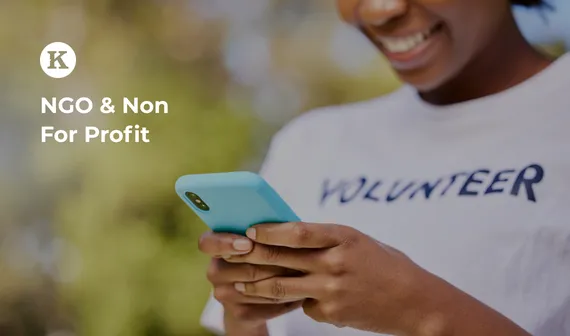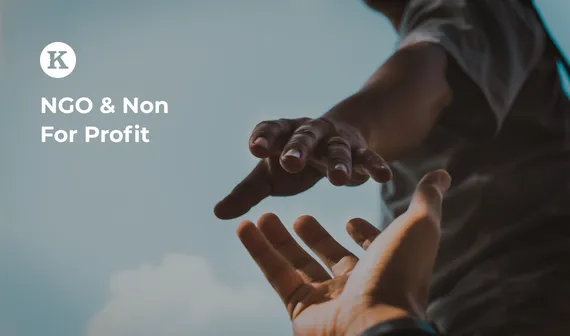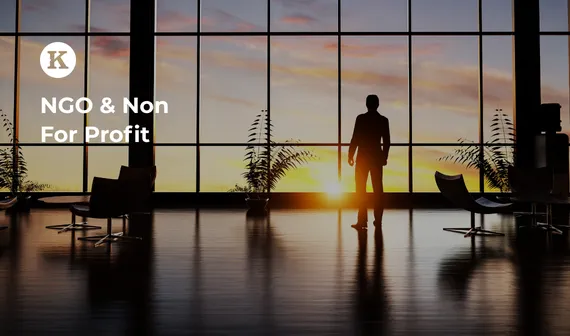Digital platforms have allowed even the largest global organizations, like the International Finance Corporation (IFC), to become nimble, onboard staff, carry out due diligence and close transactions remotely, noted Senior Investment Officer Chish Mawoyo. The IFC has added disruptive technologies to the sectors it has invested in historically, namely agribusiness, health, education and infrastructure, Mawoyo said, having recognized that it can accomplish its mandate in this new vertical as well. "We've seen there are some technologies that you can invest in that can bring about the same mission of achieving inclusivity, the same mission of achieving growth, the same mission of achieving development," he said, citing the example of Africa's homegrown mobile banking platform, M-PESA.
Despite the fact that many changes brought about in 2020 may be temporary measures, there are elements that will become permanent, said VEI CEO and Water for Life Director Marco Schouten. Reduced international travel, for example, may be here to stay, he noted. "That means we need to think now about changing the business model in which we operate, and also how we do fundraising," Schouten noted.
VEI is an international joint venture through which five Dutch water operators implement their corporate social responsibility (CSR) policy to contribute to clean water and sanitation. The adoption of new technologies is having a tremendous impact in the water and sanitation sector, where sensors, software and smart meters are empowering utilities to minimize losses and improve service delivery. VEI and Water for Life are also using technology to explore new ways of engaging stakeholders and financing their operations, Schouten said. Online communities of practice, which Water for Life formed in recent months to share knowledge around critical water issues, is a mode of engagement that has proved invaluable in 2020, Schouten said. Digital tools have enormous potential for skills recognition, to build capacity and match supply and demand in a very significant way, Schouten added.
While some of these online communities were created in the height of a global crisis as a workaround to restrictions on contact and mobility, they will endure because they are very complementary to the normal way in which many non-profits like Water for Life build capacity, said Schouten.
"You can create communities in an online environment that you couldn't do physically, and I think that's the opportunity for a different way of engagement, Lampen-Smith agreed.
It's critical to combine technological fluency of younger team members with more experienced staff to optimize the effectiveness of an organization, said TECHO Regional Director for Development Pelayo Achondo. "If, as new generations, people don't mix their capacity to adapt to technology with people with more experience, I think that we're kind of lost," Achondo said. "The combination between a technologically-savvy new generation and people with more experience is really powerful, and we need to have it every day," he added.
TECHO is a youth-led non-profit focusing on housing solutions, habitat and the environment in slums across Latin America and the Caribbean. For the first time in its 23 years of operations, staff members have not been able to maintain physical contact with beneficiaries, he noted. "You are seeing families with no access to water or electricity; so asking for access to a smartphone, for example, it's a challenge," he said. The organization has responded with flexibility, however, broadening its mission to meet the immediate needs of its stakeholders by raising money for food and hygiene products instead of housing solutions, he noted.
Notwithstanding the efficiency and convenience afforded by innovative technologies, especially those that enable remote work and operational efficiency, interpersonal relationships are more difficult to cultivate without walking around an office, spending time getting to know fellow team members face-to-face, and building trusting relationships over coffee, Mawoyo said.
In a time of heightened anxiety, where individuals interpret risks and threats differently, it's been a challenge to look after the mental wellbeing of staff in the absence of physical contact, agreed Lampen-Smith. He said he's been encouraging staff members to "ring someone that you might have met in the tearoom" to force ad-hoc conversation, but acknowledged, "it's quite difficult to do".
THP had its first face-to-face board meeting in months recently, and it was incredibly productive, said CEO Melanie Noden. "I have also brought my team back into the office a couple of weeks ago trying to get people together, because as humans, we need to do it together to have the greatest impact," she said.








